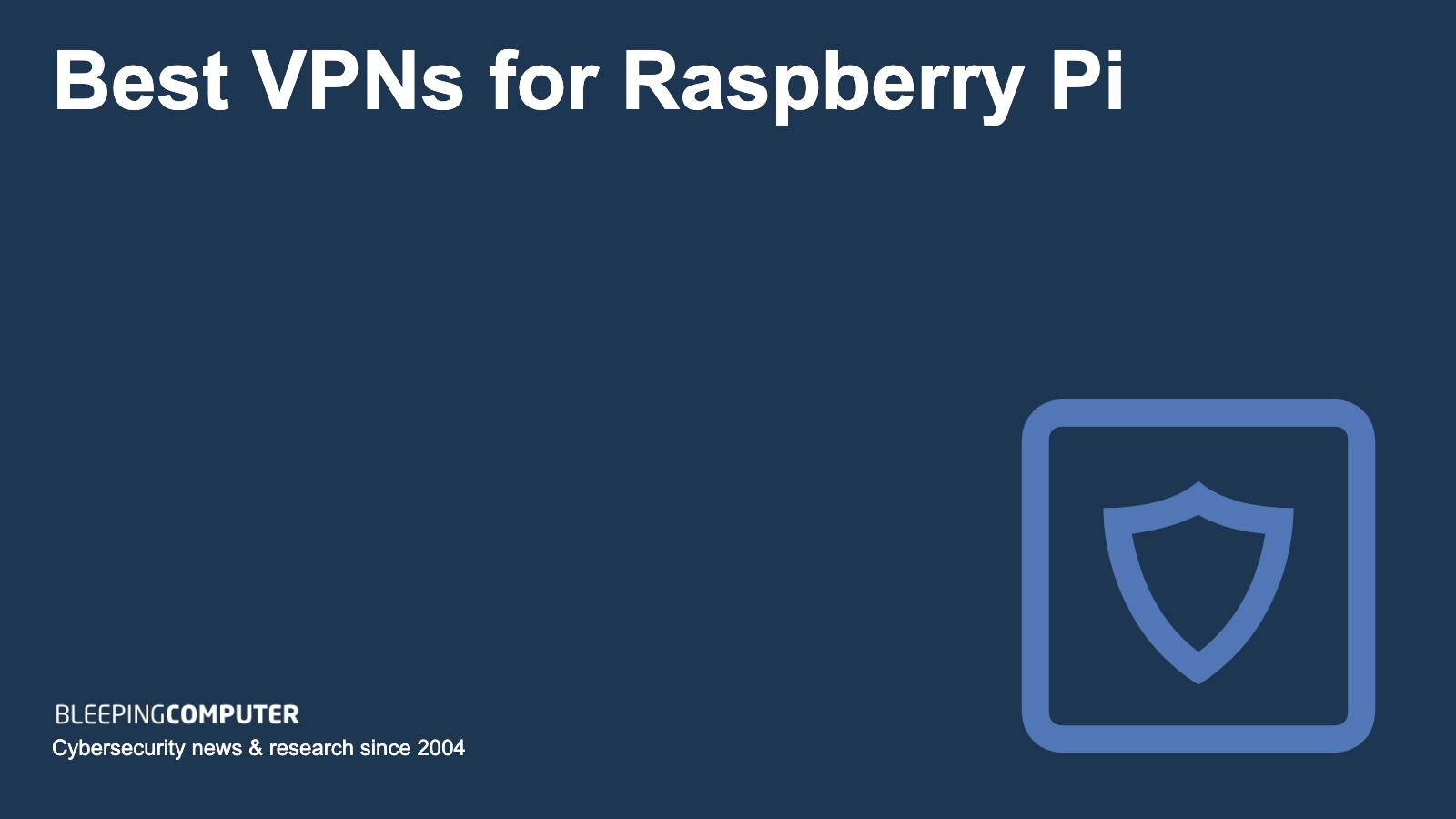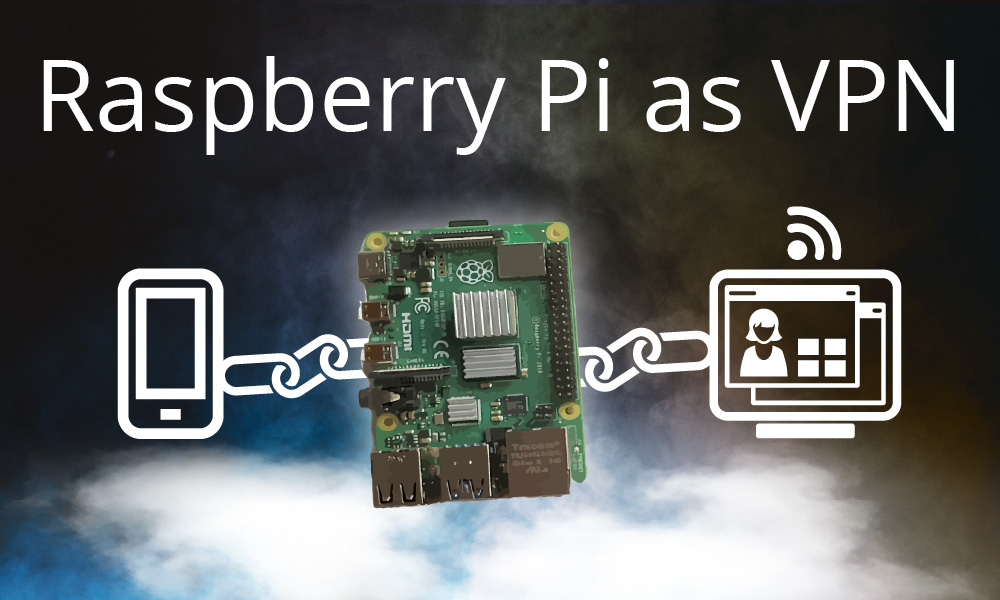Can you truly have the digital castle you've always dreamed of, a secure haven from the internet's relentless tides, all without incurring exorbitant costs? The answer, surprisingly, is a resounding yes, and the unassuming Raspberry Pi is your trusty steed in this digital quest.
The quest for remote network access, a secure and private connection to your digital domain from anywhere with an internet connection, has long been a pursuit of tech enthusiasts and security-conscious individuals alike. The allure is undeniable: the freedom to access files, control devices, and browse the web with the peace of mind that your data is shielded from prying eyes. Traditional solutions often involve complex setups, expensive hardware, or reliance on potentially vulnerable public cloud services. However, the Raspberry Pi, a credit-card-sized marvel of computing power, offers a compelling alternative. By transforming this little device into a Virtual Private Network (VPN) gateway, you can effectively build your own secure tunnel to your home network, unlocking a world of possibilities while maintaining control over your digital assets. This allows you to bypass geographical restrictions, access geo-blocked content, and browse the internet with enhanced privacy. Moreover, for those living in areas with unreliable or expensive internet access, the ability to connect a Raspberry Pi to the internet via a 4G/LTE dongle using a SIM card provides a flexible and cost-effective solution for remote access.
The cornerstone of this secure remote access solution hinges on establishing a VPN connection. A VPN creates an encrypted tunnel between your device and your home network, shielding your data from eavesdropping and masking your IP address. This effectively allows you to "tunnel" through the internet, appearing to browse from your home location, regardless of your actual physical whereabouts. The implementation of WireGuard, a modern and efficient VPN protocol, further enhances the security and performance of this setup. WireGuard is known for its speed, simplicity, and strong cryptographic foundations, making it an ideal choice for the resource-constrained Raspberry Pi. Unlike older VPN protocols, WireGuard is designed to be lean and mean, minimizing overhead and maximizing throughput, ensuring a smooth and responsive remote access experience. The ease of setup is another significant advantage, often simplifying the configuration process compared to more complex VPN solutions.
The allure of "Raspberry Pi VPN remote access free" isn't merely about avoiding subscription fees; it's about reclaiming control. Youre not entrusting your data to a third-party service, which might be subject to security breaches or data harvesting practices. Instead, you have direct oversight of your VPN server, allowing you to tailor the security configurations to your specific needs and monitor the network traffic. This self-hosted approach offers a heightened sense of privacy, knowing that your data remains under your exclusive control. The ability to access your home network securely from any location is incredibly valuable, offering convenience, security, and a degree of digital freedom that's becoming increasingly crucial in our interconnected world. Furthermore, the flexibility of the Raspberry Pi allows you to adapt the system to your changing needs. You can add features, monitor system performance, and troubleshoot issues with relative ease, making it a perfect platform for those who wish to understand and control their own digital infrastructure.
Consider the practical applications. Imagine needing to access a critical file on your home computer while traveling, or remotely controlling your home security system. A VPN connection secured by your Raspberry Pi empowers you to do this securely and seamlessly, providing peace of mind and convenience. For those who require consistent access to their home network resources, a Raspberry Pi VPN server is a worthy investment. It also allows for secure browsing even when connected to public WiFi networks, which are notoriously insecure. The protection offered by a VPN adds an extra layer of security that can mitigate the risk of man-in-the-middle attacks and other online threats, therefore protecting your sensitive data.
The ease of use has made this technology widely accessible. There are numerous guides and tutorials available online, providing step-by-step instructions on setting up a Raspberry Pi VPN. For example, a setup guide, that was authored by Dalbo on January 11, 2025, provided a comprehensive breakdown of the process. These guides often recommend using the "PiVPN" script, which simplifies the installation and configuration process, significantly reducing the technical knowledge required. Even for those new to the world of Linux and networking, the process is relatively straightforward, with clear instructions and readily available troubleshooting resources. The widespread availability of support forums and communities further enhances the user experience, allowing individuals to share knowledge, seek assistance, and learn from each other's experiences.
Moreover, the use of a Raspberry Pi also allows you to circumvent geographical restrictions. For example, if you are located in an area where certain content or services are unavailable, you can connect to your home VPN and access the internet as if you were physically located at your home. This is a significant advantage for travelers, expatriates, or anyone who wants to access geo-blocked content. The Raspberry Pi VPN solution enhances your digital privacy and allows you to reclaim your control over your online experience. Whether you need access to your digital files, wish to bypass censorship, or simply want to browse the internet securely, the Raspberry Pi offers a comprehensive and cost-effective solution.
The hardware requirements for setting up a Raspberry Pi VPN are minimal. You will need a Raspberry Pi (any model will work, but the Raspberry Pi 3 or later is recommended for better performance), a microSD card for the operating system, a power supply, and an internet connection. The Raspberry Pi OS Lite image is recommended for this purpose, as it provides a streamlined operating system with minimal overhead. This setup optimizes performance and minimizes resource consumption, crucial aspects of the Raspberry Pi's limited processing power. For those who need a reliable connection to the internet, regardless of their location, they may add a 4G/LTE dongle to ensure that they have constant access.
The software setup typically involves installing the Raspberry Pi OS, updating the system, and installing and configuring a VPN server such as WireGuard or OpenVPN. PiVPN is a popular and user-friendly tool that streamlines the process, making it easier for users of all technical backgrounds to set up and manage their VPN connections. PiVPN simplifies the configuration process by providing a user-friendly interface and automated scripting, it dramatically shortens the amount of time it takes to set up your VPN. The user-friendly interface allows you to easily add new clients, manage user certificates, and monitor server activity, ensuring a hassle-free experience.
After setting up the server, you'll need to configure your client devices to connect to the VPN. This involves installing a VPN client and configuring the connection settings to match your server configuration. Once connected, your internet traffic will be routed through the VPN tunnel, encrypting your data and masking your IP address. The use of a strong encryption standard ensures that your data is protected from prying eyes, providing you with a secure and private browsing experience. A well-configured VPN connection offers you peace of mind, knowing that your online activities are shielded from potential threats.
The advantages extend beyond just security and privacy; it also offers a great deal of flexibility. Because its your own VPN, you control everything. You can easily add new devices, revoke access if necessary, and tailor the settings to your specific needs. This level of control isnt possible with commercial VPN services. You can configure your Raspberry Pi VPN to provide access to other services on your home network. For example, you could set up a secure way to access your media server, giving you access to your movies and music from anywhere in the world.
The power of a self-hosted VPN is truly liberating. Its a cost-effective solution that puts you in control of your digital security. By using a Raspberry Pi, you're taking charge of your online experience. The process might seem daunting at first, but there are plenty of resources available to guide you through the steps, and the rewards are well worth the effort.
Despite the readily available resources, one common obstacle is the initial setup process. Configuring a VPN can feel daunting for newcomers, who may not be familiar with networking concepts or Linux command-line interfaces. However, there are plenty of guides online that can provide assistance. For example, the guide by Dalbo that was published on January 11, 2025, offers a good starting point.
Another potential challenge involves dealing with dynamic IP addresses. Home internet connections often have dynamic IP addresses, which can change periodically. If the IP address changes, you'll need to update your VPN server configuration. This is where dynamic DNS services can come in handy. These services provide a hostname that automatically updates to reflect your current IP address, making it easier to connect to your VPN, regardless of your IP address change.
The combination of a Raspberry Pi and a VPN represents an excellent path to safeguard your digital life. It's a testament to how a small, inexpensive device can empower you with robust security and privacy. By building your own VPN, you're taking control of your digital footprint, securing your data, and unlocking the full potential of your home network from anywhere in the world.


